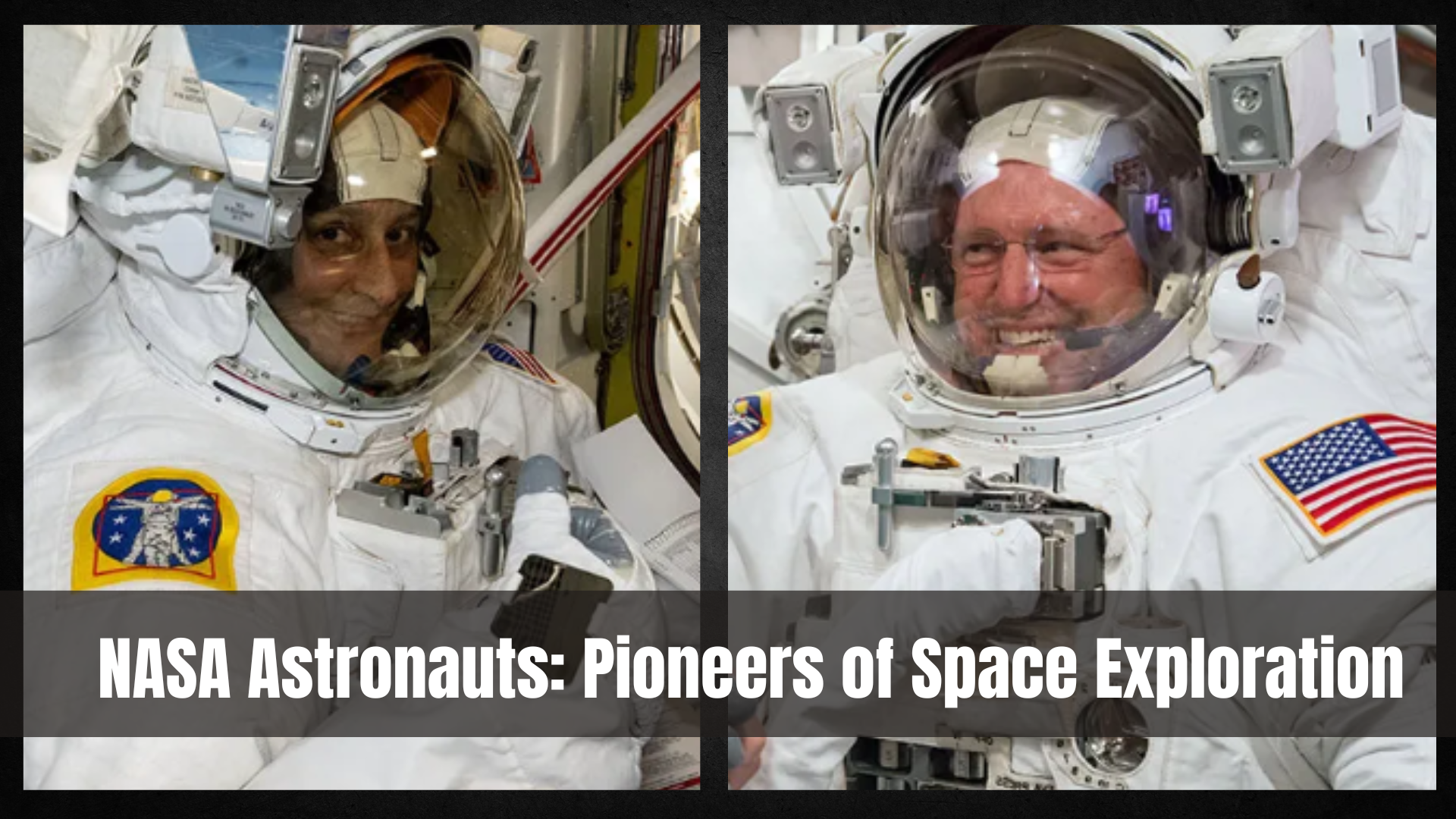NASA astronauts are among the most highly trained individuals on Earth, venturing into the unknown to explore the final frontier. As part of the National Aeronautics and Space Administration (NASA), these men and women play an integral role in pushing the boundaries of science, technology, and human endurance. Their work enables breakthroughs in space exploration and enhances our understanding of Earth and the universe beyond.
The Rigorous Selection Process for NASA Astronauts
Becoming a NASA astronaut is no small feat. The selection process is extremely competitive and demanding. Candidates must meet specific requirements in terms of education, professional experience, and physical health. A typical candidate will have at least a bachelor’s degree in a science, technology, engineering, or mathematics (STEM) field, often with additional advanced degrees and years of experience in their respective fields. These may include engineering, medicine, aviation, or other specialized fields.
The physical requirements are just as stringent. NASA astronauts must demonstrate peak physical fitness, as the physical toll of space missions is immense. They undergo a series of tests to ensure they are capable of withstanding the physical challenges of space travel, including high g-forces during launch and re-entry, microgravity environments, and isolation during long-duration missions. Mental toughness is equally essential; astronauts must be prepared to face the mental and emotional challenges of extended time away from home, as well as the high-stress environments of space missions.
Also Read: NASA Astronauts Clarify Their Situation: Not “Stuck” in Space
Extensive Training and Preparation
Once selected, NASA astronauts embark on extensive training to prepare for their missions. This training covers a wide range of subjects and skills. From mastering spacecraft systems and operating sophisticated space equipment to learning survival techniques for emergency situations, astronauts undergo rigorous preparation for the complexities of space travel.
Training also includes survival courses that prepare astronauts for emergency landings in remote areas, and simulated spacewalks (or extravehicular activity, EVA) in large water tanks. In these water tanks, astronauts practice maneuvering in the weightless environment they will encounter during their space missions. Additionally, astronauts participate in missions in simulators that mimic real spacecraft, enabling them to familiarize themselves with the spacecraft they will command or operate in space.
The Role of NASA Astronauts in Scientific Research
NASA astronauts are not just space travelers – they are also critical to the advancement of scientific research. Their role in collecting data, conducting experiments, and helping scientists better understand various phenomena is invaluable. In microgravity, many physical and biological processes behave differently than on Earth. For example, astronauts can study how the human body adapts to the absence of gravity, which can lead to important insights into muscle atrophy, bone density loss, and other conditions experienced by astronauts during extended stays in space. These findings also have significant implications for medicine here on Earth.
Astronauts also help test new technologies that may one day be used for long-term space missions or even interplanetary travel. Technologies such as advanced spacesuits, life-support systems, and spacecraft propulsion are tested and refined during missions, improving both our understanding of space travel and its applications for future exploration.
Historic Contributions of NASA Astronauts
Throughout NASA’s history, astronauts have played pivotal roles in exploring the cosmos and making significant contributions to human knowledge. From the first manned moon landing in 1969, with Neil Armstrong and Buzz Aldrin, to the development and operation of the International Space Station (ISS), NASA astronauts have paved the way for future generations of explorers.
The Apollo program, which included missions such as Apollo 11, was instrumental in advancing the United States’ space exploration efforts. Astronauts like John Glenn, Sally Ride, and Mae Jemison followed suit, each breaking barriers in terms of human achievement and scientific exploration. Their contributions have extended humanity’s reach beyond our planet, enhancing global understanding of space and technology.
In recent years, astronauts aboard the ISS have worked on a variety of important scientific experiments and international collaborations. The ISS itself, a joint project between NASA, the Russian space agency Roscosmos, and other international space agencies, has served as a platform for studying space’s long-term effects on the human body and testing the feasibility of living in space for extended periods.
The Future of NASA Astronauts
As space exploration moves forward, NASA astronauts will continue to play a key role in missions to the Moon, Mars, and beyond. NASA’s Artemis program, aimed at returning humans to the Moon by 2024 and establishing a sustainable lunar presence, will rely on the expertise and skill of astronauts who will be selected and trained for these ambitious missions.
In addition, NASA’s efforts in deep space exploration, such as potential crewed missions to Mars, will require astronauts to operate in environments far from Earth for extended periods. These missions will require innovation and resilience, as astronauts will face challenges like long-duration space travel, reliance on spacecraft for survival, and dealing with deep-space radiation.
Conclusion
NASA astronauts represent the epitome of human achievement, courage, and ingenuity. Their commitment to exploration and scientific discovery has shaped the landscape of space travel, while their contributions continue to inspire future generations. Through their work, NASA astronauts enhance humanity’s understanding of our place in the universe and help us prepare for the exciting possibilities of space exploration in the future.
As we look toward the Moon, Mars, and beyond, the legacy of NASA astronauts will remain an essential part of the journey, paving the way for new advancements in science, technology, and human potential. With each mission, they not only explore space but also contribute to the broader knowledge that benefits life on Earth.
